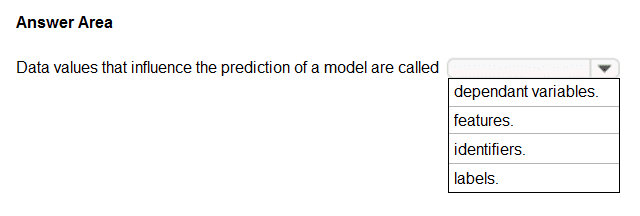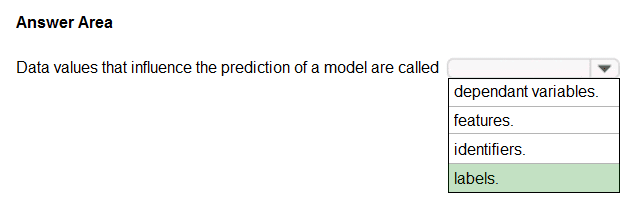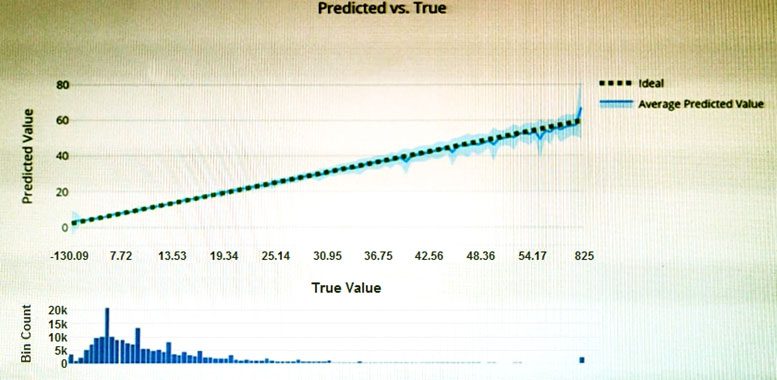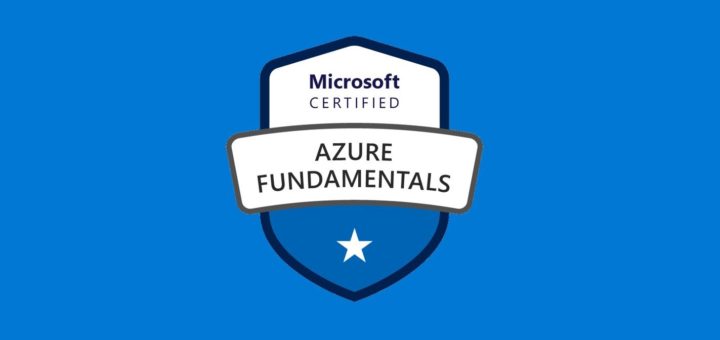Question #21
DRAG DROP –
Match the types of machine learning to the appropriate scenarios.
To answer, drag the appropriate machine learning type from the column on the left to its scenario on the right. Each machine learning type may be used once, more than once, or not at all.
NOTE: Each correct selection is worth one point.
Select and Place:
Correct Answer:
Box 1: Regression –
In the most basic sense, regression refers to prediction of a numeric target.
Linear regression attempts to establish a linear relationship between one or more independent variables and a numeric outcome, or dependent variable.
You use this module to define a linear regression method, and then train a model using a labeled dataset. The trained model can then be used to make predictions.
Box 2: Classification –
Classification is a machine learning method that uses data to determine the category, type, or class of an item or row of data.
Box 3: Clustering –
Clustering, in machine learning, is a method of grouping data points into similar clusters. It is also called segmentation.
Over the years, many clustering algorithms have been developed. Almost all clustering algorithms use the features of individual items to find similar items. For example, you might apply clustering to find similar people by demographics. You might use clustering with text analysis to group sentences with similar topics or sentiment.
Reference:
https://docs.microsoft.com/en-us/azure/machine-learning/studio-module-reference/linear-regression
Question #22
DRAG DROP –
Match the machine learning tasks to the appropriate scenarios.
To answer, drag the appropriate task from the column on the left to its scenario on the right. Each task may be used once, more than once, or not at all.
NOTE: Each correct selection is worth one point.
Select and Place:
Correct Answer:
Box 1: Model evaluation –
The Model evaluation module outputs a confusion matrix showing the number of true positives, false negatives, false positives, and true negatives, as well as
ROC, Precision/Recall, and Lift curves.
Box 2: Feature engineering –
Feature engineering is the process of using domain knowledge of the data to create features that help ML algorithms learn better. In Azure Machine Learning, scaling and normalization techniques are applied to facilitate feature engineering. Collectively, these techniques and feature engineering are referred to as featurization.
Note: Often, features are created from raw data through a process of feature engineering. For example, a time stamp in itself might not be useful for modeling until the information is transformed into units of days, months, or categories that are relevant to the problem, such as holiday versus working day.
Box 3: Feature selection –
In machine learning and statistics, feature selection is the process of selecting a subset of relevant, useful features to use in building an analytical model. Feature selection helps narrow the field of data to the most valuable inputs. Narrowing the field of data helps reduce noise and improve training performance.
Reference:
https://docs.microsoft.com/en-us/azure/machine-learning/studio/evaluate-model-performance https://docs.microsoft.com/en-us/azure/machine-learning/concept-automated-ml
Question #23
HOTSPOT –
To complete the sentence, select the appropriate option in the answer area.
Hot Area:
Correct Answer:
In machine learning, if you have labeled data, that means your data is marked up, or annotated, to show the target, which is the answer you want your machine learning model to predict.
In general, data labeling can refer to tasks that include data tagging, annotation, classification, moderation, transcription, or processing.
Incorrect Answers:
Not features: In machine learning and statistics, feature selection is the process of selecting a subset of relevant, useful features to use in building an analytical model. Feature selection helps narrow the field of data to the most valuable inputs. Narrowing the field of data helps reduce noise and improve training performance.
Question #24
You have the Predicted vs. True chart shown in the following exhibit.
Which type of model is the chart used to evaluate?
- A. classification
- B. regression
- C. clustering
Correct Answer: B
What is a Predicted vs. True chart?
Predicted vs. True shows the relationship between a predicted value and its correlating true value for a regression problem. This graph can be used to measure performance of a model as the closer to the y=x line the predicted values are, the better the accuracy of a predictive model.
Reference:
https://docs.microsoft.com/en-us/azure/machine-learning/how-to-understand-automated-m
Question #25
Which type of machine learning should you use to predict the number of gift cards that will be sold next month?
- A. classification
- B. regression
- C. clustering
Correct Answer: C
Clustering, in machine learning, is a method of grouping data points into similar clusters. It is also called segmentation.
Over the years, many clustering algorithms have been developed. Almost all clustering algorithms use the features of individual items to find similar items. For example, you might apply clustering to find similar people by demographics. You might use clustering with text analysis to group sentences with similar topics or sentiment.
Reference:
https://docs.microsoft.com/en-us/azure/machine-learning/studio-module-reference/machine-learning-initialize-model-clustering











good